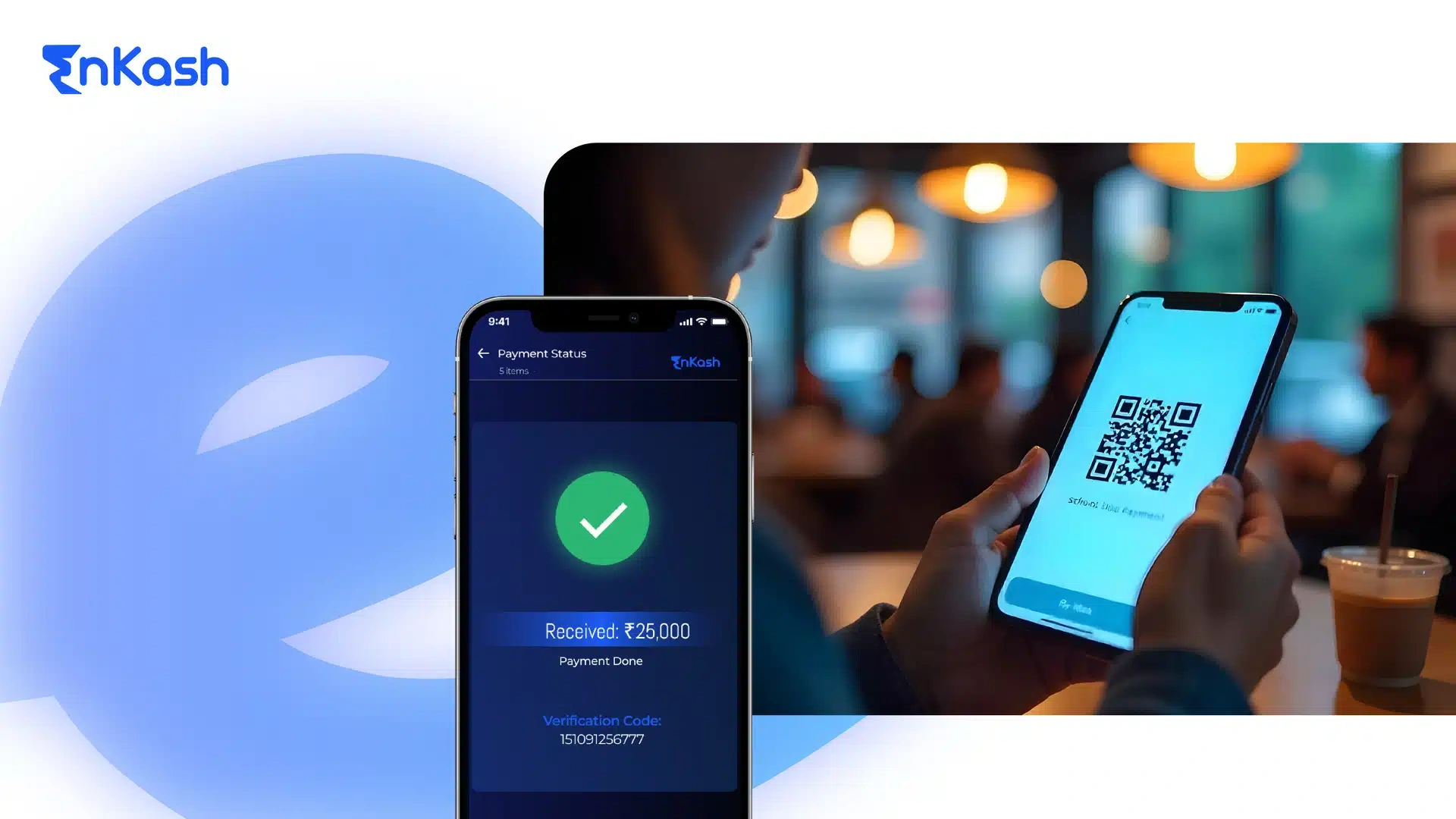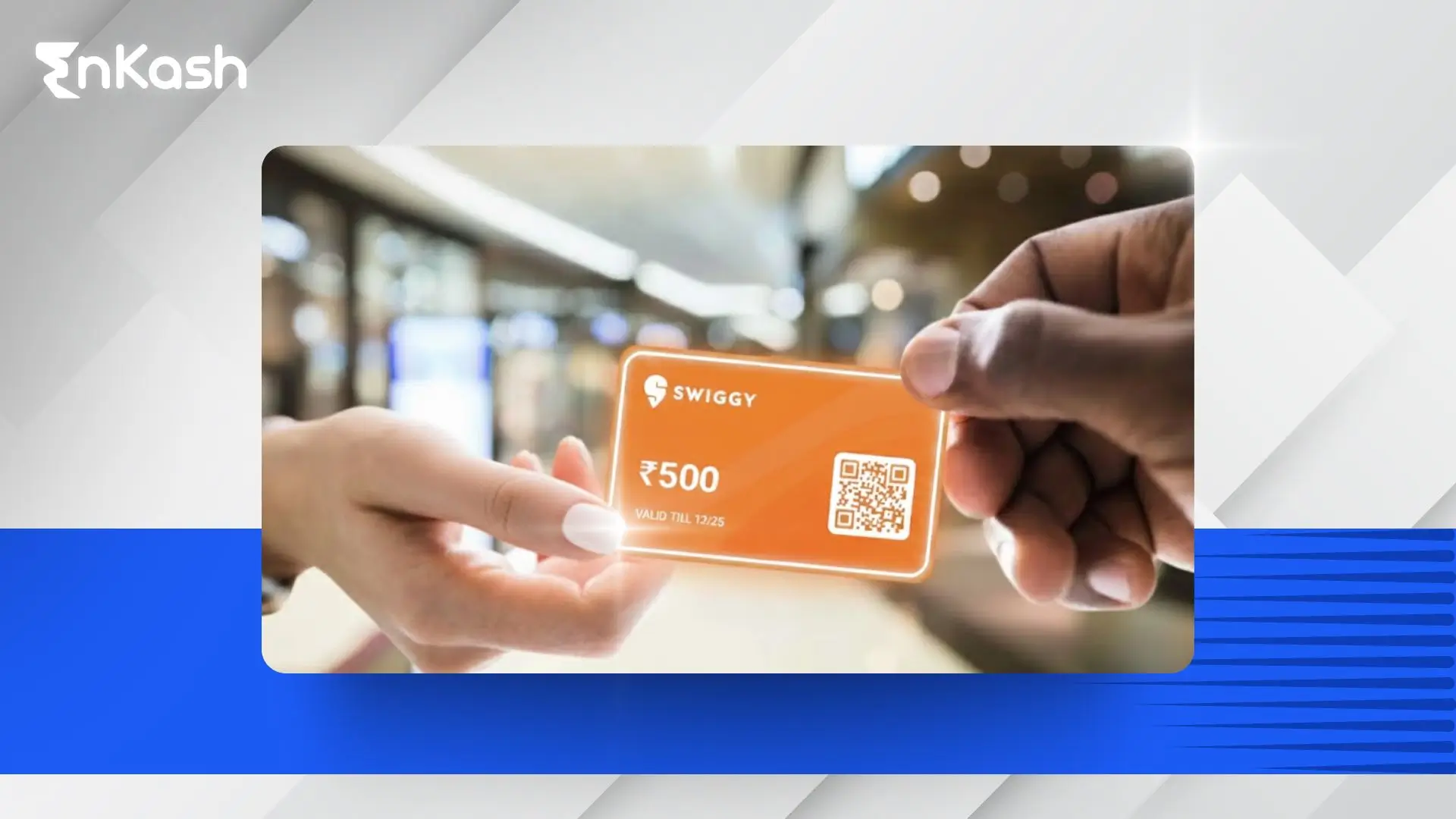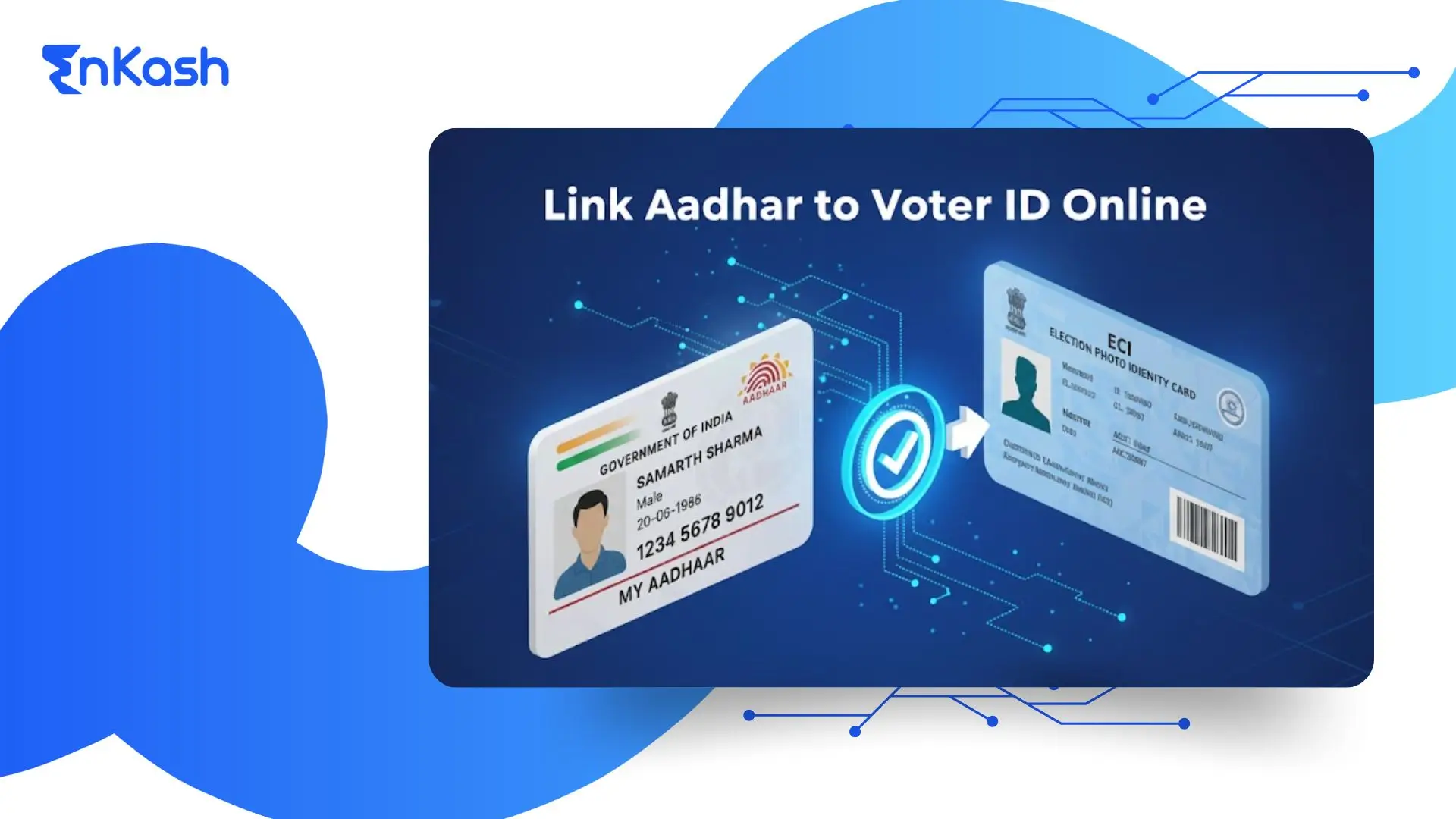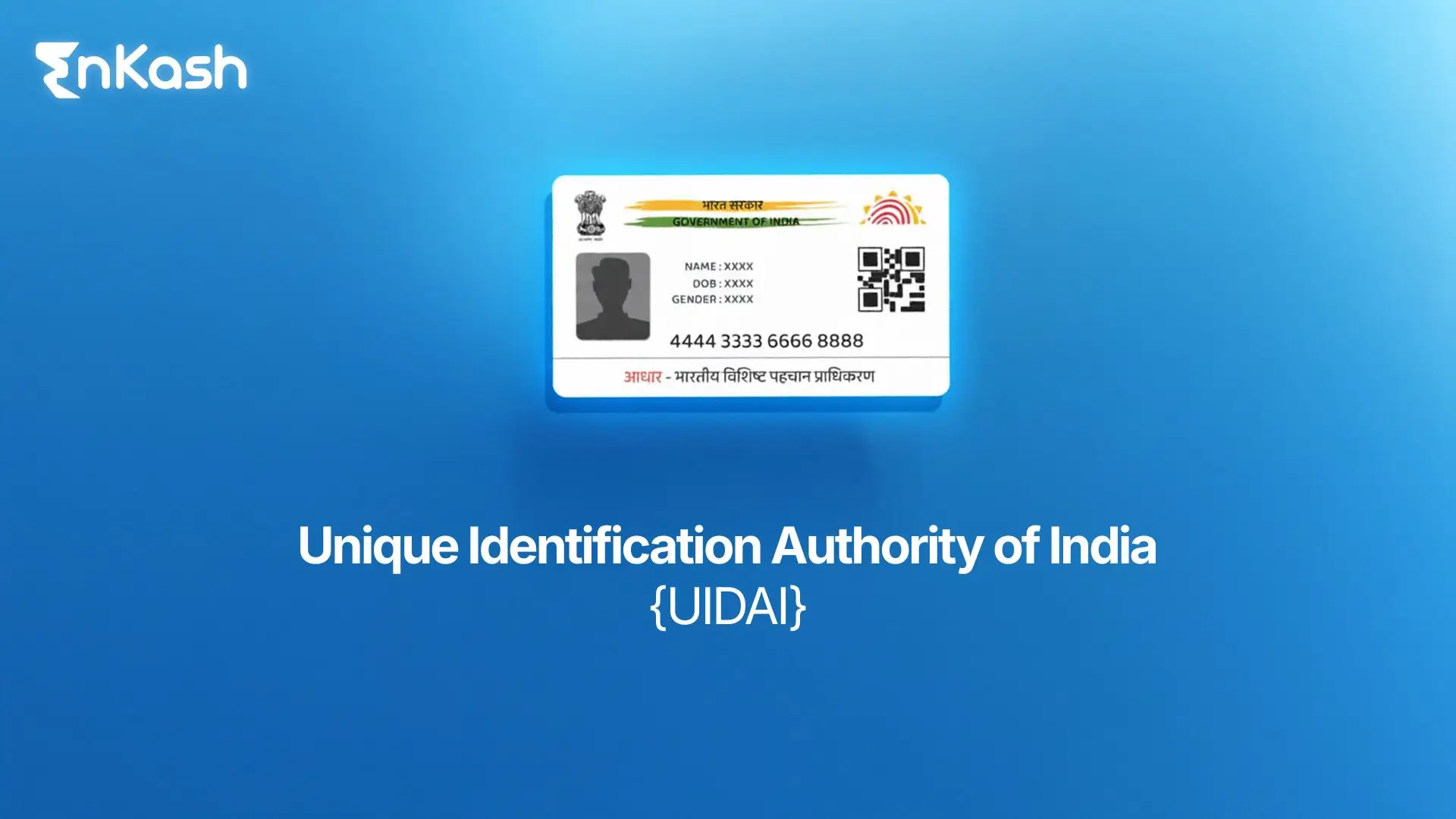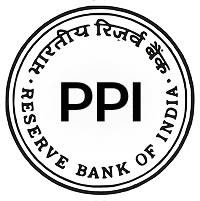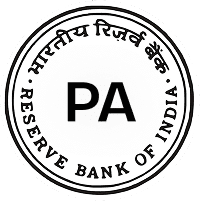The Unified Payments Interface (UPI) has revolutionized digital payments in India by enabling instant, secure, and convenient money transfers directly between bank accounts. Since its launch by the National Payments Corporation of India (NPCI), UPI has become the backbone of India’s digital payment ecosystem, promoting cashless transactions across the country.
Popular UPI apps such as Google Pay, PhonePe, Paytm, and BHIM make it easier for users to send and receive money, pay bills, and shop online with just a few clicks. These apps integrate seamlessly with multiple banks, allowing transactions anytime, anywhere, without the need for cash or cards.
Understanding UPI transaction limits is crucial for users to avoid failed transactions and ensure smooth money transfers. Each bank and UPI app imposes limits on the maximum money that can be transferred per day, per transaction, or per month, depending on account type and security protocols. Being aware of these limits helps users plan their transfers efficiently and stay within the allowed thresholds, ensuring a hassle-free digital payment experience.
What is UPI & How It Works
Unified Payments Interface (UPI) is an advanced real-time payment system developed by the National Payments Corporation of India (NPCI). It allows users to instantly transfer money between bank accounts using a UPI ID, mobile number, or QR code, without the need for IFSC codes or account numbers.
UPI works 24/7, enabling seamless transactions for individuals and businesses alike. Users can link multiple bank accounts to a single UPI app and perform a variety of functions, including sending money, receiving payments, paying utility bills, and making online purchases.
Popular UPI apps like Google Pay, PhonePe, Paytm, and BHIM support a wide range of banks, providing secure, fast, and convenient banking services at your fingertips. Each transaction is authenticated using a UPI PIN, ensuring safety and privacy.
Key Features of UPI
- Instant Transfers: Money moves instantly between sender and receiver accounts.
- Multiple Bank Accounts: Link multiple bank accounts to a single app.
- Secure Transactions: Each transaction requires a UPI PIN for authentication.
- Wide Adoption: Supported by most Indian banks and digital payment apps.
Understanding UPI also means being aware of UPI transaction limits, including daily transfer limits, maximum per-transaction limits, and monthly thresholds, which vary by bank and account type. This ensures secure, regulated, and smooth money transfers.
What is UPI Transaction Limit?
The UPI transaction limit refers to the maximum amount of money you can send or receive using the Unified Payments Interface (UPI) within a specific timeframe. These limits are set by your bank and the UPI app (like Google Pay, PhonePe, Paytm, or BHIM) to ensure security and compliance with RBI regulations.
Types of UPI Transaction Limits
Understanding UPI transaction limits is crucial for seamless digital payments. Banks and payment apps impose different thresholds to ensure security and compliance with RBI regulations.
1. Daily UPI Limit
The daily UPI limit determines the maximum amount of money you can transfer in a single day from your bank account using UPI. This limit can vary across banks and depends on the type of account you hold. For example, some banks allow ₹1 lakh per day, while others may permit higher or lower amounts. Monitoring your daily UPI limit helps avoid transaction failures and plan payments effectively.
2. Per Transaction Limit
The per-transaction limit defines the maximum amount that can be transferred in a single UPI transaction. Most banks and UPI apps, like Google Pay or PhonePe, set a limit between ₹40,000 and ₹1,00,000 per transaction. Exceeding this limit will require multiple transactions or alternative payment methods.
3. Monthly & Yearly UPI Limit
Some banks and payment platforms also impose monthly or yearly UPI transaction limits to manage high-volume transfers. This ensures account security and regulatory compliance. These limits can vary depending on the bank, account type, and UPI app policies, making it essential for users to check their specific UPI plan for smooth transactions.
Why Are UPI Transaction Limits Necessary?
The large number of daily UPI transactions increases the risk of fraud and misuse. Additionally, factors like operational efficiency and regulatory compliance necessitate setting transaction limits.
- Security
The first and foremost reason behind UPI transaction limits is to mitigate the risk of fraud associated with these transactions. In the event of account detail leaks, these limits help minimize potential financial losses. The damage can be controlled in case of unauthorized access. - Risk Management
Banks and financial institutions can lessen the financial risk by limiting the transaction amount and frequency, allowing them to monitor transactions closely and locate suspicious activities, if any. - Compliance
The concerned financial regulatory authority defines a guideline for transaction limits to ensure security. The UPI transaction limit allows banks to comply with these regulatory requirements. - Operational Efficiency
The large volume of UPI transactions must be efficiently managed to ensure smooth and swift processing. - User Protection
The UPI transaction limits protect users from transferring large amounts, thereby avoiding errors. The limits allow the user to transact securely. - Responsible Usage
Defining UPI transaction limits encourages responsible usage and prevents overspending in haste.
Factors Affecting UPI Limits
The UPI transaction limit is not fixed and can vary depending on several important factors. Understanding these can help you manage your digital payments effectively.
Bank Account Type
Your account type—whether savings or current—plays a significant role in determining your UPI limits. Typically, savings accounts have lower daily and per-transaction limits, while current accounts may enjoy higher limits for business or frequent transactions.
UPI App Policy
Different UPI apps, such as Google Pay, PhonePe, BHIM, and Paytm, may impose their own transaction restrictions. While these apps generally follow bank-imposed limits, some offer additional safety features or lower thresholds to protect users against fraud.
RBI Regulations & NPCI Guidelines
The Reserve Bank of India (RBI) and National Payments Corporation of India (NPCI) regulate UPI transactions to ensure secure and smooth digital payments. These regulations define maximum daily and per-transaction limits that banks must enforce, ensuring financial safety for all users.
UPI Transaction Limits by Banks and Apps (2025 Updated)
Apart from banks, some apps have also defined UPI transaction limits to maintain their operational efficiency and smooth functioning.
Apps:
UPI App |
Per Transaction Limit |
Daily Limit |
Notes |
Google Pay |
₹1,00,000 |
₹1,00,000 |
Up to 20 transactions per day; ₹5,000 limit for new users in the first 24 hours. |
PhonePe |
₹1,00,000 |
₹1,00,000 |
Up to 20 transactions per day; ₹5,000 limit for new users in the first 24 hours. |
Paytm |
₹1,00,000 |
₹1,00,000 |
Up to 20 transactions per day; ₹5,000 limit for new users in the first 24 hours. |
BHIM App |
₹1,00,000 |
₹1,00,000 |
Up to 20 transactions per day; ₹5,000 limit for new users in the first 24 hours. |
Amazon Pay |
₹1,00,000 |
₹1,00,000 |
Up to 20 transactions per day; ₹5,000 limit for new users in the first 24 hours. |
Banks:
- SBI UPI transaction Limit Per Day
The SBI UPI transaction limit per day is Rs. 1,00,000. This can be done via a single transaction or multiple transactions made 10 times a day. However, there is no limit on weekly and monthly transactions via UPI. - ICICI Bank UPI Transaction Limit Per Day
The ICICI Bank UPI limit for each transaction via ICICI Bank is Rs. 1,00,000. Users can make 10 transactions in 24 hours. - HDFC Bank UPI Transaction Limit Per Day
The HDFC Bank UPI Limit Per Day is ₹ 1 lakh. This consists of transactions done both on a person-to-person basis and on a person-to-merchant basis.
Follow the table below to know the UPI limit of private and public banks in India.
| Bank Name | Bank Type |
Sponsor Bank |
UPI Transaction Limit (₹) |
UPI Daily Limit (₹) |
|---|---|---|---|---|
| Abhyudaya Co-Operative Bank | Cooperative | NA | 25000 | 25000 |
| Adarsh Co-Op Bank Ltd | Cooperative | HDFC Bank | 50000 | 50000 |
| Aditya Birla Idea Payments Bank | Payments Bank | NA | 100000 | 100000 |
| Airtel Payments Bank | Payments Bank | NA | 100000 | 100000 |
| Allahabad Bank | Public Sector Bank | NA | 25000 | 100000 |
| Allahabad UP Gramin Bank | RRB | Allahabad | 20000 | 40000 |
| Andhra Bank | Public Sector Bank | NA | 100000 | 100000 |
| Andhra Pradesh Grameena Vikas Bank | RRB | SBI | 25000 | 100000 |
| Andhra Pragathi Grameena Bank | RRB | NA | 10000 | 20000 |
| Apna Sahakari Bank | Cooperative | NA | 100000 | 100000 |
| Assam Gramin Vikash Bank | RRB | United Bank of India | 5000 | 25000 |
| Axis Bank | Private | NA | 100000 | 100000 |
| Bandhan Bank | Private | NA | 100000 | 100000 |
| Bank Of Baroda | Public Sector Bank | NA | 25000 | Not set |
| Bank of India | Public Sector Bank | NA | 10000 | 100000 |
| Bank of Maharashtra | Public Sector Bank | NA | 100000 | 100000 |
| Baroda Gujarat Gramin Bank | RRB | Bank of Baroda | 25000 | Not set |
| Baroda Rajasthan Kshetriya Gramin Bank | RRB | BOB | 25000 | 25000 |
| Baroda Uttar Pradesh Gramin Bank | RRB | Bank of Baroda | 25000 | 25000 |
| Bassein Catholic Co-Op Bank | Cooperative | NA | 20000 | 40000 |
| Bhilwara Urban Co Operative Bank LTD | Cooperative | HDFC | 25000 | 25000 |
| Bihar Gramin Bank | RRB | UCO | Merged with DBGB | — |
| Canara Bank | Public Sector Bank | NA | 100000 | 100000 |
| Catholic Syrian Bank | Private | NA | 100000 | 100000 |
| Central Bank of India | Public Sector Bank | NA | 100000 | 100000 |
| Chaitanya Godavari Grameena Bank | RRB | Andhra Bank | 25000 | 100000 |
| Chhattisgarh Rajya Gramin Bank | RRB | SBI | 25000 | 100000 |
| Citibank Retail | Foreign Bank | NA | 100000 | 100000 |
| City Union Bank | Private | NA | 100000 | 100000 |
| COASTAL LOCAL AREA BANK LTD | Cooperative | BOM | 50000 | 100000 |
| Corporation Bank | Public Sector Bank | NA | 50000 | 100000 |
| DBS Digi Bank | Foreign Bank | NA | 100000 | 100000 |
| DCB Bank | Private | NA | 5000 | 5000 |
| Dena Bank | Public Sector Bank | NA | 100000 | 100000 |
| Dena Gujarat Gramin Bank | RRB | Dena | NA (Merged) | — |
| Deutsche Bank AG (Web Collect) | Foreign Bank | NA | NA | NA |
| Dhanlaxmi Bank Ltd | Private | NA | 100000 | 100000 |
| Dombivali Nagrik Sahakari Bank | Cooperative | NA | 100000 | 100000 |
| Equitas Small Finance Bank | Small Finance Bank | NA | 25000 | 100000 |
| ESAF Small Finance Bank | Small Finance Bank | NA | 100000 | 100000 |
| Federal Bank | Private | NA | 100000 | 100000 |
| FINO Payments Bank | Payments Bank | NA | 100000 | 100000 |
| G P Parsik Bank | Cooperative | NA | 100000 | 100000 |
| HDFC | Private | NA | 100000 (₹5000 for new customers) | 100000 |
| Himachal Pradesh Gramin Bank | RRB | PNB | 50000 | 50000 |
| HSBC | Foreign Bank | NA | 100000 | 100000 |
| Hutatma Sahakari Bank Ltd | Cooperative | ICICI Bank | 100000 | No limit |
| ICICI Bank | Private | NA | 10000 (25000 for Google Pay users) | 10000 (25000 for Google Pay users) |
| IDBI Bank | Public Sector Bank | NA | 100000 | 100000 |
| IDFC | Private | NA | 100000 | 100000 |
| India Post Payment Bank | Payments Bank | NA | 25000 | 50000 |
| Indian Bank | Public Sector Bank | NA | 100000 | 100000 |
| Indian Overseas Bank | Public Sector Bank | NA | 50000 | 100000 |
| IndusInd Bank | Private | NA | 100000 | 100000 |
| J&K Grameen Bank | RRB | J&K | 20000 | 20000 |
| Jalgaona Janata Sahkari Bank | Cooperative | NA | 100000 | 100000 |
| Jammu & Kashmir Bank | Private | NA | 20000 | 20000 |
| Jana Small Finance Bank | Small Finance Bank | NA | 10000 | 40000 |
| Janta Sahakari Bank Pune | Cooperative | NA | 100000 | 100000 |
| Jio Payments Bank | Payments Bank | NA | 100000 | 100000 |
| Kallappanna Awade Ichalkaranji Janata Sahakari Bank Ltd | Cooperative | NA | 25000 | 200000 |
| Karnataka Bank | Private | NA | 100000 | 200000 |
| Karnataka Vikas Grameena Bank | RRB | NA | 25000 | 25000 |
| Karur Vysaya Bank | Private | NA | 100000 | 100000 |
| Kashi Gomti Samyut Gramin Bank | RRB | NA | 100000 | 100000 |
| Kaveri Grameena Bank | RRB | SBI | 25000 | 25000 |
| Kerala Gramin Bank | RRB | NA | 20000 | 20000 |
| Kotak Mahindra Bank | Private | NA | 100000 | 100000 |
| Langpi Dehangi Rural Bank | RRB | SBI | 10000 | 100000 |
| Madhya Bihar Gramin Bank | RRB | PNB | 25000 | 100000 |
| Maharashtra Grameen Bank | RRB | BOM | 25000 | 100000 |
| Maharashtra State Co-Op Bank | Cooperative | NA | 5000 | 50000 |
| Malwa Gramin Bank (Bank merged with Punjab Gramin Bank) | RRB | SBI | 10000 | 25000 |
| Manipur Rural Bank | RRB | SBI | 10000 | 10000 |
| Maratha Co-Op Bank | Cooperative | NA | 100000 | 100000 |
| Meghalaya Rural Bank | Foreign Bank | SBI | 100000 | 100000 |
| Mizoram Rural Bank | RRB | SBI | 25000 | 100000 |
| NKGSB Co-Op. Bank Ltd | Cooperative | NA | 20000 | 40000 |
| Oriental Bank of Commerce | Public Sector Bank | NA | 100000 | 100000 |
| Paschim Banga Gramin Bank | RRB | UCO | 5000 | 25000 |
| Paytm Payments Bank | Payments Bank | NA | 100000 | 100000 |
| Pragathi Krishna Gramin Bank | RRB | NA | 20000 | 20000 |
| Prathama Bank | RRB | NA | 10000 | 50000 |
| Punjab and Maharastra Co-Op Bank | Cooperative | NA | 100000 | 100000 |
| Punjab and Sind Bank | Public Sector Bank | NA | 10000 | 10000 |
| Punjab Gramin Bank | RRB | PNB | 10000 | 25000 |
| Punjab National Bank | Public Sector Bank | NA | 25000 | 50000 |
| Purvanchal Bank | RRB | SBI | 25000 | 100000 |
| Rajasthan Marudhara Gramin Bank | RRB | SBI | 25000 | 25000 |
| Rajkot Nagari Sahakari Bank Ltd | Cooperative | NA | 100000 | 100000 |
| Samruddhi Co-Op Bank Ltd | Cooperative | TJSB | 100000 | 100000 |
| Sarva Haryana Gramin Bank | RRB | PNB | 50000 | 100000 |
| Sarva UP Gramin Bank | RRB | PNB | 50000 | 100000 |
| Saurashtra Gramin Bank | RRB | SBI | 20000 | 100000 |
| Shree Kadi Nagarik Sahakari Bank Ltd | Cooperative | Yes Bank | 100000 | 100000 |
| South Indian Bank | Private | NA | 100000 | 100000 |
| Standard Chartered | Foreign Bank | NA | 100000 | 100000 |
| State Bank of India | Public Sector Bank | NA | 100000 | 100000 |
| Suco Souharda Sahakari Bank | Cooperative | ICICI Bank | 100000 | 100000 |
| Suryoday Small Finance Bank Ltd | Small Finance Bank | NA | 100000 | 100000 |
| Suvarnayug Sahakari Bank Ltd | Cooperative | HDFC | 100000 | 100000 |
| Syndicate Bank | Public Sector Bank | NA | 10000 | 100000 |
| Tamil Nadu Mercantile Bank | Private | NA | 100000 | 100000 |
| Telangana Gramin Bank | RRB | SBI | 25000 | 100000 |
| Telangana State Co-Operative Apex Bank | Cooperative | IDBI | 10000 | 100000 |
| Thane Bharat Sahakari Bank | Cooperative | NA | 100000 | 100000 |
| The Cosmos Co-Operative Bank LTD | Cooperative | NA | 10000 | 50000 |
| The A.P. Mahesh Co-Operative Urban Bank | Cooperative | NA | 25000 | 25000 |
| The Ahmedabad District Co-Operative Bank Ltd | Cooperative | GSCB | 10000 | 25000 |
| The Ahmedabad Mercantile Co-Op Bank Ltd | Cooperative | HDFC Bank | 100000 | 100000 |
| The Andhra Pradesh State Co-Operative | Cooperative | NA | 10000 | 100000 |
| The Baroda Central Co-Operative Bank Ltd | Cooperative | GSCB | 15000 | 100000 |
| The Gujarat State Co-Operative Bank Limited | Cooperative | NA | 50000 | 100000 |
| The Hasti Co-operative Bank Ltd | Cooperative | NA | 100000 | 100000 |
How to Increase UPI Transaction Limit
UPI transaction limits are set by both the National Payments Corporation of India (NPCI) and your respective bank. Most UPI apps, including Google Pay, PhonePe, Paytm, and BHIM, have a default daily transaction limit of ₹1,00,000 per account. However, users can increase their limits depending on their bank policies and KYC verification status.
Steps to Increase Your UPI Limit
Verify Your Bank Account
- Ensure your bank account is fully KYC-compliant.
- Some banks require PAN and Aadhaar linking for higher transaction limits.
Update Your UPI App
- Open your UPI app (Google Pay, PhonePe, Paytm, etc.).
- Navigate to Profile → Bank Accounts → UPI Limit.
- Some apps allow you to request a higher daily limit directly.
Contact Your Bank
- Visit your bank’s branch or use net banking/mobile banking.
- Request a limit enhancement for UPI transactions.
- Banks may require additional verification for limits above ₹1,00,000 per day.
Wait for Approval
- Limit increase requests are usually processed within 24–48 hours, depending on your bank.
Key Points to Remember
- Bank-Specific Policies: Each bank can set its own maximum UPI transaction limit.
- App vs. Bank Limit: Even if the app allows a higher limit, the bank’s daily limit will be enforced.
- Security Compliance: Higher limits may require two-factor authentication and adherence to RBI guidelines.
Surcharge / Interchange Fee on UPI Payment
Unified Payments Interface (UPI) is one of the fastest-growing digital payment modes in India, given its ease of use and functionality. Nevertheless, there seems to be some misunderstanding about surcharges or interchange fees on UPI transactions. Let’s clarify:
- Interchange Fee: An interchange fee is a charge paid by one financial institution to another for processing a UPI transaction. It is paid by the payer’s bank to the payee’s bank. This fee compensates the bank for facilitating the UPI transaction.
- Surcharge: A surcharge is a fee in addition to the existing price, which a service provider or a retailer may impose to recover costs incurred, for example, in processing the transaction. UPI does not impose any surcharges on users, although certain service providers or merchants may apply them in specific circumstances.
UPI Transactions and Fees:
The Reserve Bank of India (RBI) has not imposed any direct surcharge on retail users of UPI transactions, meaning that this payment mode is very inexpensive to the users. In addition to this, it is worth noting that the banks participating in the UPI system may impose certain fees for interbank transactions or other services, such as UPI credit-based card transactions.
Who Will Pay the Interchange Fees?
In most cases, interchange transaction costs are incurred by the bank that initiates the transaction. However, the ultimate burden of the interchange transaction costs can be internalized by the various parties to the transaction, each of them bearing a portion of the cost. Here, the different segments are discussed:
Payer’s Bank (Issuing Bank):
Typically, the payer’s bank (issuing bank) bears the responsibility of paying interchange charges to the payee’s bank for transaction processing and to the acquiring bank for the transaction processing.
Usually, this will be quite low, only a fraction of the total worth of the transaction in question, and in most standard UPI transactions, it is largely insignificant.
Merchant’s Bank:
In the case of UPI payments made by customers, which would involve the merchants receiving payments, they, too, may incur interchange charges regarding the merchant’s bank.
In many instances, however, such costs may be transferred to the final consumers either as a separate charge or by increasing the prices of goods/services.
Users:
Usually, the users themselves do not have an obligation to incur any interchange charges; however, it should be pointed out that in certain instances, such as with regard to UPI credit card transactions or the use of premium products, banks tend to impose other costs.
How to Manage Your UPI Limits?
Managing your UPI transaction limits is crucial for effective and seamless payment processing. Here are some of the handy methods for managing UPI limits:
- Check your current limit:
Check for your UPI transaction limits frequently to avoid any inconveniences. You can find these details on your bank’s mobile application and even on UPI apps like Google Pay and PhonePe. This information is usually located in the settings or UPI tabs of such apps. - Request Increase:
If you need to exceed the limit set by the bank (normally capped at ₹1 lakh) for a single day, you may have to ask your bank to increase that already established limit. Most of the banks allow raising limits for the customer depending upon the limit type, the transaction history, and after certain other. You must seek further clarification from your bank as to its policies. - Break Up Big Payments:
On the other hand, if the payment you wish to make exceeds the active ‘daily UPI transaction limit’, you can also choose to break this up into smaller paying transactions. Before continuing, please ensure that the total sum you wish to pay the service provider on the day does not exceed the maximum limit allowed, thereby reducing the chances of interruptions in payments. - Monitor UPI Transaction:
Regularly monitor your UPI transactions through your bank’s mobile app or UPI service. This will enable you to keep track of your transaction limit and therefore schedule your payments in line with your transaction cap to avoid unexpected charges of reaching the limit. - Use UPI-Linked Credit Cards:
If you want to make high-value transactions, you may add a credit card to your UPI account. This is typically used for high-value purchases; however, note that handling charges and interest rates will apply if the payment is not cleared on time.
Managing UPI limits appropriately helps in ensuring a great digital payment experience.
Make Payment Collect Easy with EnKash’s UPI Payments
Conclusion
UPI has taken over other modes of payment because of its convenience, swiftness, and transparency. Businesses prefer making payments via UPI. However, to safeguard these transactions, the defined UPI limits must be followed.
For more understanding about UPI transaction limits, read these frequently asked questions.
FAQs
1. Is it possible to transfer more than the limit if I use multiple UPI apps?
It is not possible to transfer more than the limit even if you use multiple UPI apps.
2. What should I do if my transaction gets blocked due to exceeding the limit?
You will not be able to make payments exceeding your limit.
3. Are UPI transaction limits the same for all banks?
No, UPI transaction limits are not the same for all banks. Check the list of banks in the article above to know their respective limits.
4. How to keep a check on the UPI transaction limit?
Follow the steps below to know your UPI transaction limit:
- Go to the UPI app in use
- Open the Profile or Settings section of the app
- Look for the UPI transaction limit option
- Your UPI transaction limit will be visible
5. Is it possible to change my UPI transaction limits?
The NPCI/RBI defines the UPI transaction limits, and they cannot be changed at an individual’s demands.
6. Is there a limit on the number of daily UPI transactions?
According to the NPCI regulations, you can make up to 20 UPI transactions within 24 hours. It is important to note that these transaction limits may vary from bank to bank.

